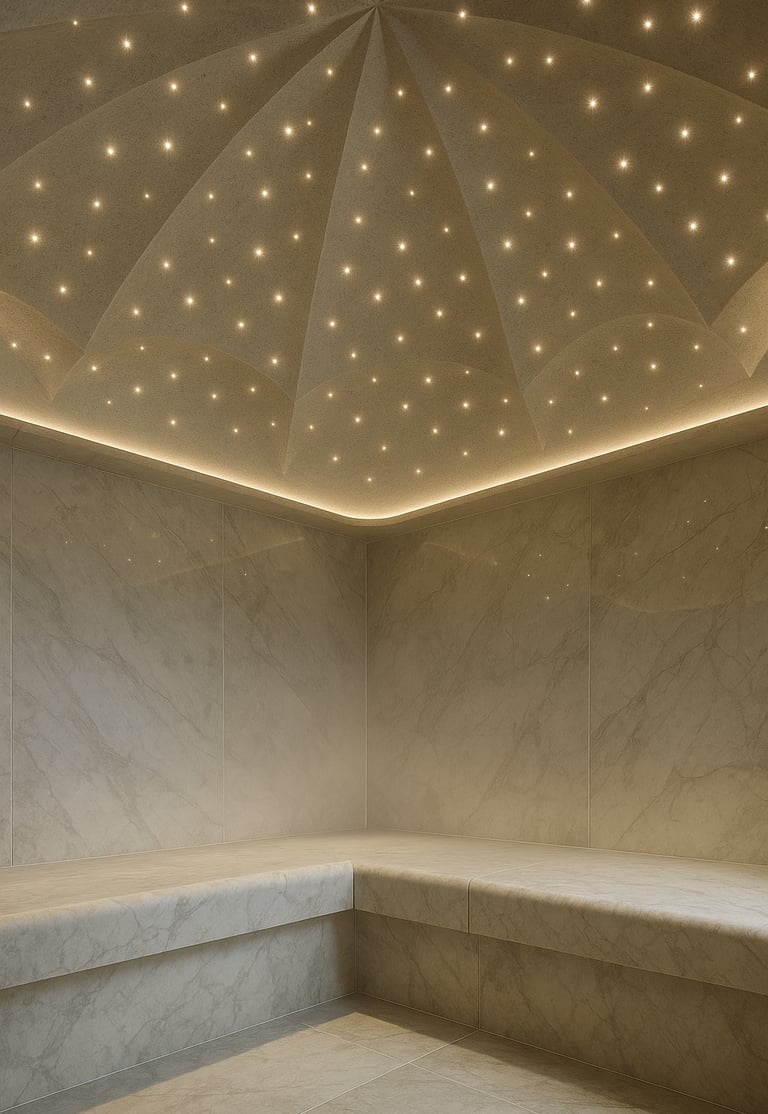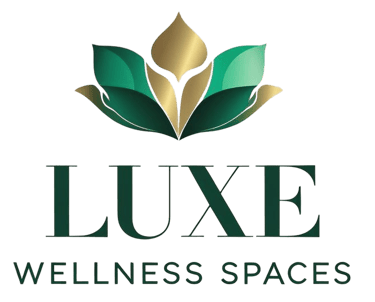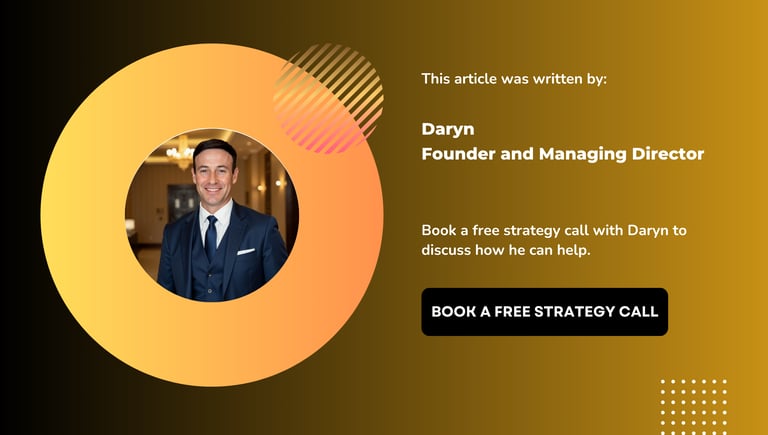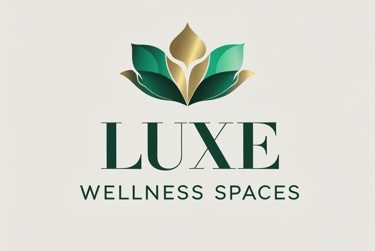Planning and Launching a Successful Wellness Facility
Great wellness facilities do not happen by accident. They follow a simple sequence that blends soul with science so guests feel better and the business performs. This guide shows you the moves, in order.
Daryn B
9/12/20257 min read
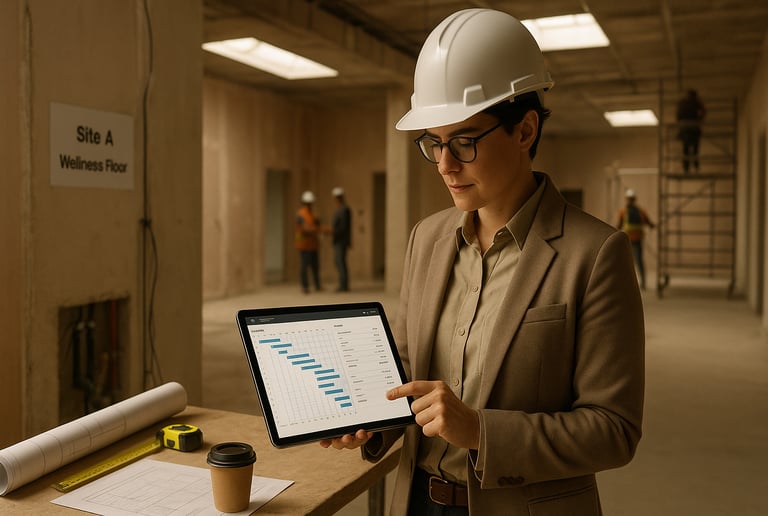

Start with concept clarity: who you serve, what change you promise, and why you are different. Validate demand with a 3–5 km catchment scan, competitor audits, and price tests. Translate the concept into brand and spatial design that calms the nervous system through light, sound, scent, materials, and flow. Build an operating model with cost-per-service maths, SOPs, and a hiring and training plan. Then launch with an 8–12 week pre-sales engine using founding offers, local partnerships, PR, and content. Track a weekly KPI scorecard and run a 90-day optimisation loop. This is how you open on time, on budget, and with momentum.
Why a transformational approach wins now
The wellness economy is large and still growing, which means more opportunity and more competition. The Global Wellness Institute estimates the wellness economy will reach about $6.8T in 2024 and is forecast to hit $9T by 2028, growing faster than global GDP. Use this tailwind, but differentiate with a clear point of view and disciplined execution. [Global Wellness Institute, Nov-2024].
Consumer demand is shifting toward personalised programs, mental wellness, recovery and longevity, and evidence-led skin health. Build your concept around these durable themes rather than one-off fads. [McKinsey, May-2025].
If you operate in hospitality or mixed-use real estate, wellness can add asset value. Studies show 10–25% residential price premiums and 4.4–7.7% rental premiums for wellness-aligned spaces. Bring this data to owner and HOA discussions. [GWI with MIT data, Jun-2025].
Hotels are still managing labor and inflation pressure, so a crisp spa P&L and staffing model matters. [STR/CoStar, Feb-2025].
Step 1: Concept and market proof
Define your promise.
Write one sentence: We help [who] achieve [outcome] through [method]. Examples: “We help time-poor professionals feel calm and clear in 60 minutes with modern hydrotherapy and guided breathwork.”
Validate demand.
• Map a 3–5 km catchment and count competitors by type, capacity, and price.
• Run a 20-person interest survey and a simple price test.
• Build an early “interest list” with a landing page and lead magnet.
• If in a hotel, include spa capture rate targets and guest mix assumptions.
Pick the right model.
Day spa, boutique fitness, recovery lounge, or hybrid. Choose based on your local demand, staff availability, licensing complexity, and capital discipline.
Step 2: Brand and spatial design that reduces stress
Turn your story into sensory standards so the space “feels” like your promise. Use evidence-based frameworks for light, air, acoustics, and materials.
• WELL Building Standard offers guidelines for light, comfort, and mind to support sleep, mood, and attention. [IWBI, accessed 2025].
• Fitwel highlights layered, low-flicker lighting and acoustic comfort to reduce eye strain, support circadian rhythm, and lower stress. [Fitwel, Feb-2025; Oct-2024].
• Biophilic design reduces stress and improves well-being in multiple settings. Use natural textures, plants, nature views, and daylight. [Frontiers review, 2024].
Practical moves:
Warm, indirect lighting in waiting areas. Acoustic ceilings and soft finishes in treatment rooms. Anti-slip textures in wet areas. Way-finding that flows from arrival to exit with zero bottlenecks at check-in or retail.
Do you want help translating brand to space? Explore our Spa & Wellness Consultancy services for concept and design standards.
Step 3: Operational model and hiring
Do the maths early.
• Spas: set service times, room turns, retail attach rate, and revenue per treatment hour.
• Studios: classes per day, occupancy per class, yield per visit, and intro offers.
• Build three P&Ls: conservative, base, stretch.
Staff for warmth and skill.
Hire for coachability and guest care. Audition with live simulations. Train to a short service playbook with rebooking and aftercare scripts. Reward consistency and outcomes, not only sales.
SOPs to write first:
Opening and closing, sanitation, complaint recovery, rebooking flow, retail consult, cash handling, treatment timing, incident reporting, partner pop-up protocol, social response.
See how we structure Boutique Fitness and Recovery concepts before you buy equipment.
Step 4: Pre-opening and launch engine
Plan 8–12 weeks of pre-sales with weekly targets for leads, conversions, and partnerships. Fitness franchises and independents rely on pre-sales to open with a base of paying members. Most operators begin about three months out. [Snap Fitness, Nov-2024; Gym Insight, 2024; Two-Brain Business, Oct-2022].
Founding offers that work: limited-quantity memberships or service packs, upgrade perks, first-100 VIP list, and partner bundles with nearby brands.
Channels: paid social to a waitlist, referral drives, PR to local media, wellness micro-influencers, corporate outreach, and neighbour events.
In hotels: align with revenue management, create spa-inclusive packages, and launch recovery or sleep add-ons tied to stay length. Track spa revenue per occupied room and capture rate.
Mini case study: break-even in 60 days
A two-room urban day spa (120 m²) targeted busy professionals with skin health and recovery. Capacity model: 10 treatment slots per day, 26 days per month. Average ticket R1,800 with 22% retail attach.
Pre-sales: 120 founding clients purchased a R3,000 pack in 8 weeks.
Month-2 revenue: services R468,000, retail R102,960, total R570,960. Fixed costs R210,000; variable costs R155,000; gross margin ~36%.
Break-even: 6.2 clients per day. The pre-sales cash covered fit-out contingencies and smoothed working capital.
A balanced view
Not every project should open with a full menu. In dense markets with high labor costs, a focused MVP studio or clinic with one hero service can reach product-market fit faster and reduce training complexity. Add modalities only after you prove repeat demand and staff proficiency.
Quick checklist you can apply today
Write a one-sentence value promise that names your customer and outcome.
Build a 90-day plan across four tracks: concept, design, operations, marketing.
Model three P&Ls: conservative, base, stretch.
Draft 10 SOPs that cover 80% of daily situations.
Write a founding-member offer with a cap and deadline.
Book five local partnership meetings and three media pitches.
Set a weekly KPI huddle with four numbers: leads, conversions, yield, reviews.
Try this in 5 minutes
Write “We help X achieve Y” in one sentence.
List three paid competitors and one gap you can own.
Draft one founding offer with a quantity cap and a deadline.
Common mistakes and fast fixes
• Copying trends without demand data.
Fix: run a 20-person survey and a price test before signing a lease.
• Over-designing before the ops model.
Fix: lock service times, staffing ratios, and guest flow first.
• No pre-opening runway.
Fix: plan 8–12 weeks of pre-sales with weekly targets and scripts. [Snap Fitness, Nov-2024; Gym Insight, 2024].
• Ignoring building economics.
Fix: use wellness real estate premium data to support investment cases. [GWI/MIT, Jun-2025].
• Loose cost control in hotels.
Fix: separate spa P&L, set labor guardrails, and align with RM. [STR/CoStar, Feb-2025].
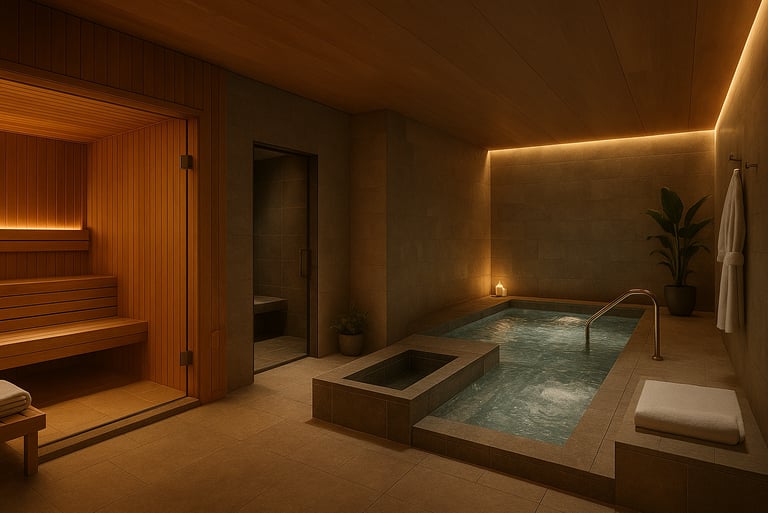

Glossary
Catchment: the geographic area that supplies your customers.
Yield per visit: average revenue per customer visit.
Attach rate: percent of visits with a retail purchase.
Capacity model: how many services or classes you can deliver per hour or day.
Founding offer: limited pre-opening membership or package used to seed cash flow.
SOP: standard operating procedure for consistent service.
Wellness real estate: property designed to support health and well-being; linked with price and rental premiums. [GWI/MIT, Jun-2025].
RevPAR: hotel revenue per available room, used when aligning with owners. [STR/CoStar, Feb-2025].
Proof points and benchmarks you can quote
• Global wellness economy: ~$6.8T in 2024, forecast ~$9T by 2028. [GWI, Nov-2024].
• U.S. spa market 2024: $22.5B revenue, 187M visits, $120.30 per visit. [ISPA “Big Five”, Mar-2025].
• Wellness real estate premiums: 10–25% residential, 4.4–7.7% commercial rent. [GWI/MIT, Jun-2025].
• Hotels: profits grew in 2024 but labor and inflation limited gains. [STR/CoStar, Feb-2025].
• Sensory design matters: WELL and Fitwel link lighting and acoustics to health and comfort. [IWBI; Fitwel, 2024–2025].
Where to go next
• Explore our Spa & Wellness Consultancy to scope project phases and services.
• See how we structure Fitness and Leisure concepts before you commit to equipment.
• Developers and luxury homeowners can review Home Wellness Spaces for private suites and villas.
• Learn why Luxe Wellness Spaces blends design, operations, and growth under one roof.
• View a Concept-to-Launch case study that hit break-even in 90 days.
FAQs
How much does it cost to open a small day spa or boutique studio?
Owner-led projects often open lean between US$150k and $500k depending on fit-out, equipment, and local codes. Costs swing on leasehold works and devices. Model three scenarios and phase non-essentials until revenue proves out.
How long should pre-opening last?
Plan 8–12 weeks with weekly targets for leads, sales, and partnerships. Fitness operators commonly rely on pre-sales to fill day-one classes. [Snap Fitness, Nov-2024; Gym Insight, 2024].
Which offerings are trending now?
Personalised programs, mental wellness, recovery and longevity, and evidence-led skin health show strong traction. [McKinsey, May-2025].
Does wellness real estate add asset value?
Yes. Evidence shows 10–25% residential price premiums and 4.4–7.7% rental premiums for wellness-aligned assets. [GWI/MIT, Jun-2025].
What KPIs should I track weekly from opening?
Leads, conversion rate, yield per visit, labor as a percent of revenue, review velocity, and rebooking rate. In hotels, add spa revenue per occupied room and capture rate.
How do I staff and train a new facility?
Hire for warmth and coachability, audition with live simulations, and train to a short service playbook with rebooking and aftercare scripts.
How do I reduce risk with hotel owners or investors?
Present a capacity model, a phased capex plan, and wellness-economy growth data while showing labor controls and a clear spa P&L. [GWI, Nov-2024; STR/CoStar, Feb-2025].
What is a reasonable time to break even?
Many lean projects break even in 3–6 months when pre-sales fund working capital and early demand is strong. Your timeline depends on rent, labor, and average ticket.
Do you require specialist assistance with a new Wellness project, or seeking to improve the operation of your existing space?
Book a free strategy call and let’s design a plan that fits your market, your brand, and your numbers.
Further reading on our blog: 'Top Trends and Opportunities for spa and wellness brands.'
